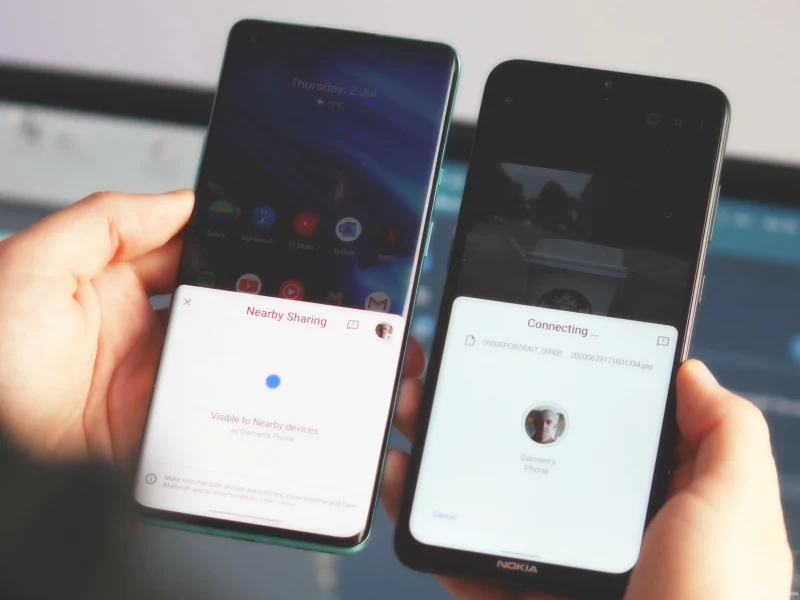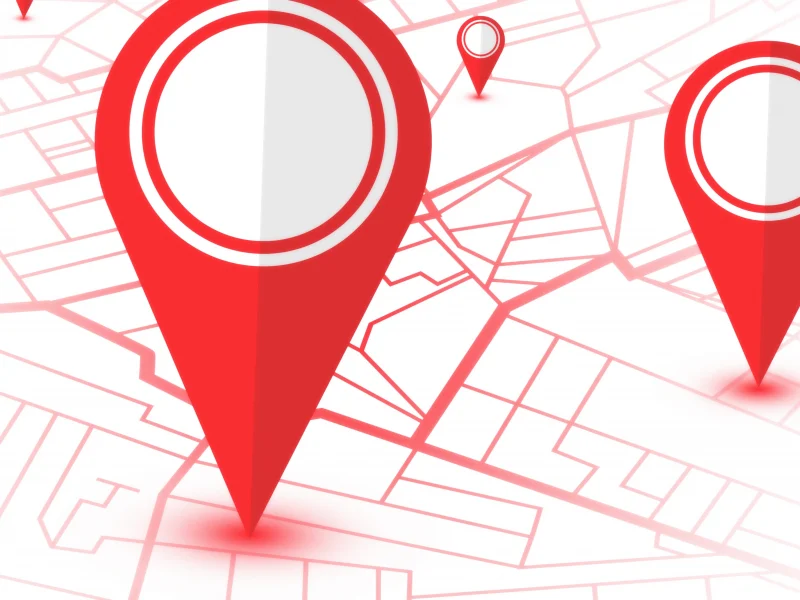On May 10, 2023, Google hosted its annual I/O conference for developers, where the company showcased a range of exciting new technologies and products. The conference, which ran for two hours, focused on Google’s goal of making artificial intelligence (AI) useful for everyone, a topic that the company has been working on for seven years.
Throughout the conference, Google unveiled a range of innovative new AI technologies. The company also showcased its latest hardware offerings, such as the Pixel 7a, Pixel Tablet, and Pixel Fold devices, which feature cutting-edge technology and advanced features.
Overall, Google I/O 2023 highlighted the company’s continued commitment to innovation and technology, with a range of exciting new products and features aimed at making AI more accessible and useful for everyone.
New features for Gmail, Google Maps, and Google Photos.
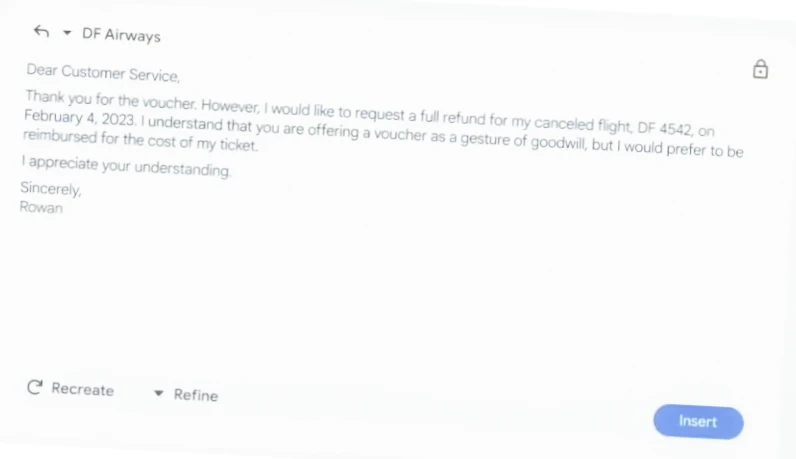
In Gmail, the “Help me write” feature is the latest addition. It analyzes your previous emails and suggests drafts for new ones based on your requests. Users can fine-tune the drafted messages with just a few clicks.
With Google Maps, users can now view their routes in a 3D, bird’s-eye view. The immersive view also takes environmental indicators such as air pollution into account. The feature is set to launch soon in cities like London, New York, Tokyo, and San Francisco.
Google Photos now offers a new tool called the Magic Editor, which allows users to adjust a wide range of parameters, remove unwanted objects, and even move people in the photo. The editor will automatically fill in the space that was behind the moved objects. However, the feature will only be available by the end of the year and only on a limited number of Pixel smartphones.
These new features demonstrate Google’s continued efforts to improve user experience and provide innovative tools for communication, navigation, and photo editing.
The New PaLM 2 Language Model

Google AI has announced the development of PaLM 2, a large language model capable of performing various tasks such as logical and arithmetic reasoning, explaining jokes, generating code, and translating texts. It is expected to support 25 new products.
PaLM 2 comes with new features such as adding comments to code, detecting malicious scripts, reducing inaccurate reasoning in the medical field, and interpreting X-rays to provide an accurate description.
Moreover, Google is developing AI-powered tools to watermark content and create metadata, which will enhance the security and organization of digital content.
Overall, PaLM 2 and Google’s AI-powered tools demonstrate the company’s dedication to advancing natural language processing and creating innovative technologies that can improve various aspects of our lives.
Bard’s Updated Chatbot Offers Advanced Programming Capabilities and Image Recognition

Bard, the conversational chatbot, has received significant updates and now offers a wide range of programming capabilities. Running entirely on the PaLM 2 platform, Bard has become smarter at reasoning and math prompts and has learned over 20 popular programming languages.
For instance, the AI-powered chatbot can generate Python scripts for the next move in chess based on a text prompt, explain what a particular code does, and even improve code with explanations that can be shared.
In addition to programming capabilities, Bard now features a dark theme, export buttons for emails and documents, and image recognition. For instance, when asked about tourist attractions in New Orleans, Bard can provide detailed pictures and descriptions of the sights. By uploading an image, Bard can also describe the contents of the picture.
Moreover, Bard can assist users in composing college applications by asking leading questions, recommending schools and their locations on the map, and structuring data into tables with filters. Users can then export the data into tables for easy reference.
These updates to Bard demonstrate Google’s commitment to advancing conversational AI and developing new technologies that can improve various aspects of our lives.
Adobe Firefly: Generate Images from Text Descriptions Now Available in More Languages
Adobe Firefly, a service that generates images from text descriptions, will now be available in over 180 countries and in multiple languages. In addition to English, the service will now be offered in Japanese and Korean, with plans to expand to 40 languages in the future.
With Adobe Firefly, users can create visual representations of text such as descriptions of products, places, or even people. This service can be useful for a variety of applications, including e-commerce, advertising, and content creation.
The expansion of Adobe Firefly to more countries and languages demonstrates Adobe’s commitment to making its services more accessible and useful to people all around the world.
Google Workspace Integrates AI for Enhanced Productivity
Google Workspace has integrated artificial intelligence (AI) to enhance its office suite. The “Help me write” feature allows users to ask questions and receive whole blocks of text with requirements and recommendations directly in their online documents.
Creating a dog walking business plan with prices, required resources, and time involved is now easier with Google spreadsheets.
Google presentations now feature a “Help me visualize” box that generates six to eight images based on text requests, with the option to refine them further. Users can also apply filters, including photographic filters.
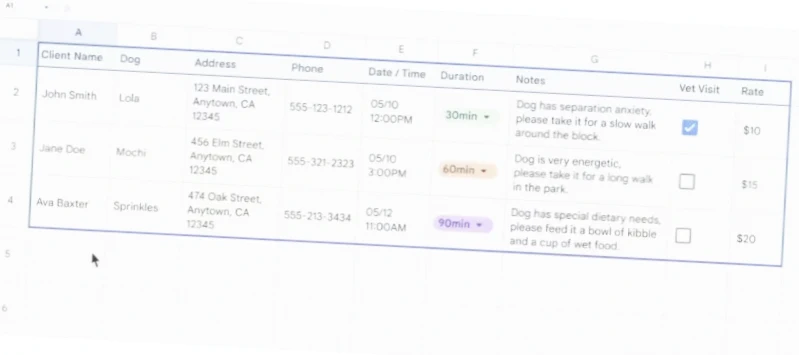
The Duet AI for Workspace service will soon be available to corporate clients and later to other Google Workspace users.
These updates to Google Workspace demonstrate Google’s continued efforts to integrate AI-powered tools that can enhance productivity and streamline workflow for its users.
Google Search and Search Labs Integrate Generative AI for Improved User Experience
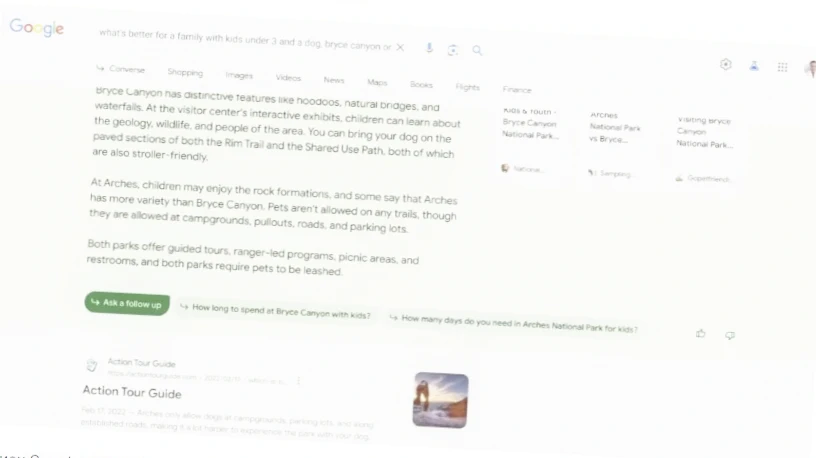
Google has recently integrated generative artificial intelligence (AI) into its search engine, allowing users to ask questions in a conversational manner while effectively and efficiently removing unnecessary queries.
Moreover, the output page has been redesigned with improved ranking and security systems, presenting key data, links, and useful content at the top of the page.
Google search has also become smarter and more user-friendly, providing recommendations for bike designs, features, reviews, and current prices. Once a user selects a specific model, they can ask for more information.
In addition, Google’s Search Labs offers a range of tools to help users create the perfect social media post or learn how to sing. These features improve the overall user experience and demonstrate Google’s continued efforts to integrate AI-powered tools and enhance its search capabilities.
Overall, these updates to Google Search and Search Labs demonstrate Google’s commitment to improving user experience and providing innovative tools for search and discovery.
Google Empowers Businesses with Advanced AI-Powered Tools
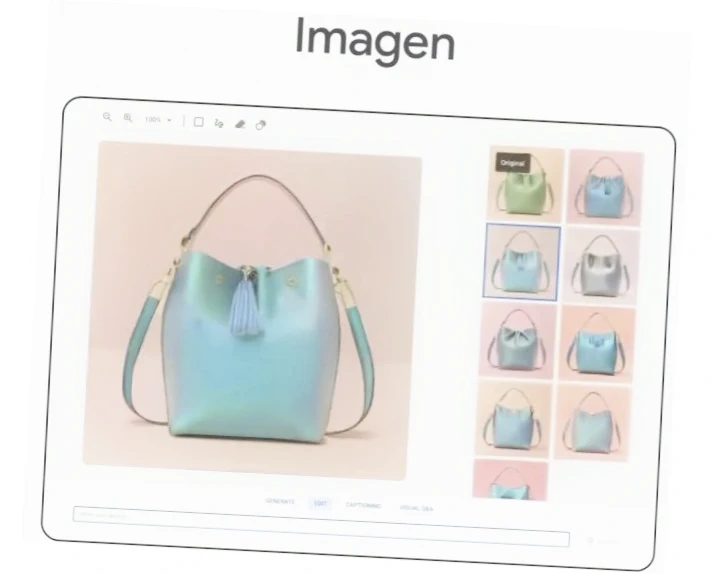
Google offers top-notch servers and a range of enterprise-level tools for businesses. Google Cloud’s Vertex AI programming platform provides advanced AI-powered products that are already used by leading services such as Uber, Canva, a German bank, and others.
Vertex AI recently introduced support for Imagen service to accelerate programming, a speech model called Chirp, and a customizable human communication model. These features enable businesses to leverage AI-powered tools to streamline their operations and achieve their goals more efficiently.
By integrating AI into their operations, businesses can improve their decision-making processes, enhance customer experiences, and optimize their workflows. Google’s commitment to providing powerful AI-powered tools demonstrates its dedication to empowering businesses and helping them achieve their full potential.
Overall, Google’s advanced AI-powered tools and services for businesses demonstrate the company’s commitment to driving innovation and enabling businesses to succeed in the digital age.
Project Tailwind and AI-Powered Tools for Data Analysis and Verification

Google’s Project Tailwind is an advanced platform that leverages AI to analyze data from different sources, including cloud storage, to help users find, summarize, and create new material based on scanned data.
In addition, AlphaFold’s AI is helping scientists study proteins and doctors develop molecular syringes to deliver cancer drugs, demonstrating the potential of AI-powered tools in enabling groundbreaking scientific research and medical breakthroughs.
To ensure the validity of information, new tools are being developed to check the authenticity of search results and identify AI-generated data. With sources attached, users can be sure that search results are accurate, while AI-generated data will be tagged for easy identification.
These AI-powered tools for data analysis and verification demonstrate Google’s commitment to advancing the capabilities of AI and enhancing the accuracy and validity of information available to users.
Overall, these developments have the potential to transform the way we analyze and verify information, enabling us to make more informed decisions and achieve breakthroughs in scientific research and medicine.
Google’s Next-Generation Translation Model for Video and Lip Syncing
Google has developed a next-generation translation model that enables users to translate videos into different languages while preserving the style and tone of speech. The model also corrects lip movement to create a more seamless viewing experience.
Google’s Innovations in Android and WearOS
Google has been adapting its operating system and apps for tablets, and in the coming summer, users can expect to see WhatsApp for the watch.
In addition, Google has introduced a “Find a Device” feature that enables headphones, tablets, and geotags to share information with each other to create a device finder network. Users can be notified if someone has attached a geotag to them, potentially tracking their location.
Google has also integrated the RCS messaging standard into messages, allowing users to create wallpapers from emoji and add a parallax effect to two-dimensional photos, called “Cinematic Wallpaper.” Users can also create new custom wallpapers by specifying a style and choosing from several options.
These innovations in Android and WearOS demonstrate Google’s commitment to enhancing user experience and improving the functionality of its products. With new features and capabilities, Google is making it easier for users to customize and personalize their devices, while also improving security and privacy.
Google Introduces Affordable Pixel 7A Smartphone with Upgraded Features

Google has introduced a more affordable smartphone, the Pixel 7A, featuring a 6.1-inch 90Hz display with FHD+ resolution and protected by Corning Gorilla Glass 3.
The device is powered by the flagship Tenzor G2 chip with 8GB of RAM and 128GB of storage for user data. The Pixel 7A also features updated photo capabilities, including a 64MP photosensor with an aperture of 1.89, which has been increased by 72%.
The smartphone is available in four colors and can be purchased today for $500. Overall, the Pixel 7A offers an affordable option for users who want flagship-level features without breaking the bank.
This launch demonstrates Google’s commitment to expanding its product line and making its technology more accessible to a wider range of consumers.
Google Introduces Pixel Tablet for Work-at-Home Use
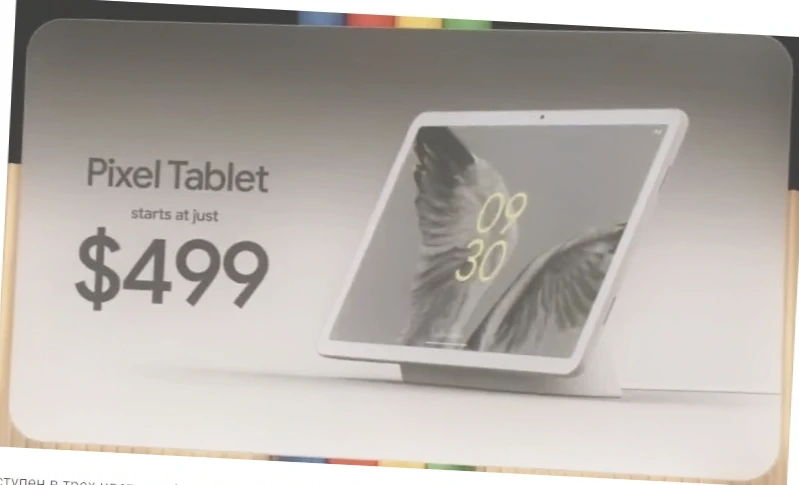
Google has announced the launch of a new Pixel Tablet designed for work-at-home use. The 11-inch tablet features an aluminum body, four built-in speakers, and a long battery life of up to 12 hours of video playback. It also comes with integrated AI for photo and video capabilities, including video calls.
The front and main camera module is 8 megapixels, and the device includes a photo editing tool. The tablet is great at voice recognition and has already been adapted to work with more than 50 Google applications.
The tablet can be paired with a charging dock that includes a built-in speaker, and it can also act as a photo frame and voice assistant with a smart display. The fingerprint sensor in the power button has also been improved for faster access.
The Pixel Tablet is optimized for managing a smart home with support for more than 80 smart home devices and a multi-user mode for each family member with personalized settings and content. The device also comes with integrated Chromecast and a special case with a built-in stand that does not interfere with the charging connector.
The tablet is available in three colors – white, green, and pink, and can be purchased next month for $500 with a 128GB drive or $600 with a 256GB drive, including a charging station. The device is powered by the Tenzor G2 chip with 8GB of RAM.
The Pixel Tablet represents an exciting new addition to Google’s product line, offering users an advanced work-at-home device with a range of features and capabilities.
Google Introduces Pixel Fold with Advanced Features and Capabilities

Google is venturing into the world of foldable smartphones with the Pixel Fold, featuring a Tenzor G2 chip with 12 GB of RAM and 256/512 GB of storage. When unfolded, it is the thinnest foldable smartphone on the market at 5.8 mm, and when folded, it is as thick as an ordinary smartphone at 12.1 mm.
The device features an internal OLED display with a refresh rate of 120 Hz and a diagonal of 7.6 inches, as well as an external display of 5.8 inches. The hinge is the most durable of all folding smartphones, and the display is protected by Corning Gorilla Glass Victus. The device also has a degree of moisture protection of IPX8.
The Pixel Fold’s cameras include a 48-megapixel wide-angle sensor, a 10.8-megapixel ultra-wide, and a 10.8-megapixel TV camera with 5x optical zoom. The front-facing camera is 9.5MP, and both displays can be used simultaneously, for example, as a translator for the user and the interlocutor.
Google has added a range of software features, including wallpaper animations when folding or unfolding the device, a handy app bar, split screen mode, a split keyboard for quick typing, and separate control points and notification centers on both halves of the display. The device also allows for window resizing in split screen mode and includes integrated AI-powered software features.
When folded in half, the Pixel Fold switches to desktop mode with a player display at the bottom. The device also features a new button in camera mode for taking quality selfies on the advanced outdoor camera.
The Pixel Fold will be available to purchase for $1,800 next month, with pre-orders receiving a Pixel Watch as a gift. Overall, the Pixel Fold represents an exciting new addition to Google’s product line, offering users advanced features and capabilities in a foldable smartphone.
Conclusion
In conclusion, the Google I/O 2023 conference was a significant milestone in the development and implementation of artificial intelligence technology. The conference highlighted the advancements made by Google in this field, and how they are working towards making AI more accessible and useful for everyone. With the introduction of new tools, frameworks, and platforms, developers and businesses can leverage AI to solve complex problems and improve user experiences.
The conference also emphasized the importance of responsible AI, and how Google is working towards ensuring that AI is developed and used ethically. Overall, the Google I/O 2023 conference was a great showcase of the company’s commitment to advancing the field of AI, and we can expect to see more exciting developments in the future.


